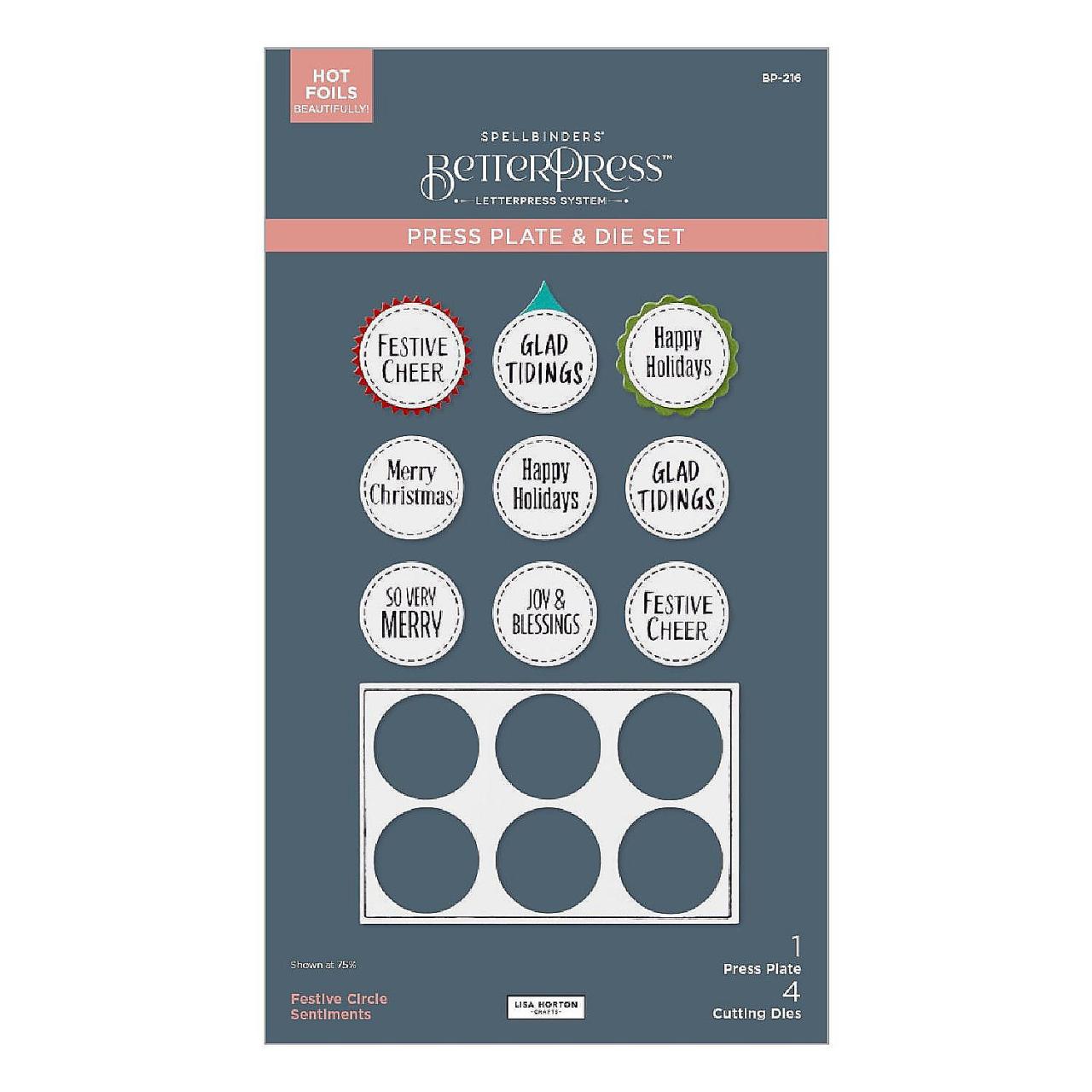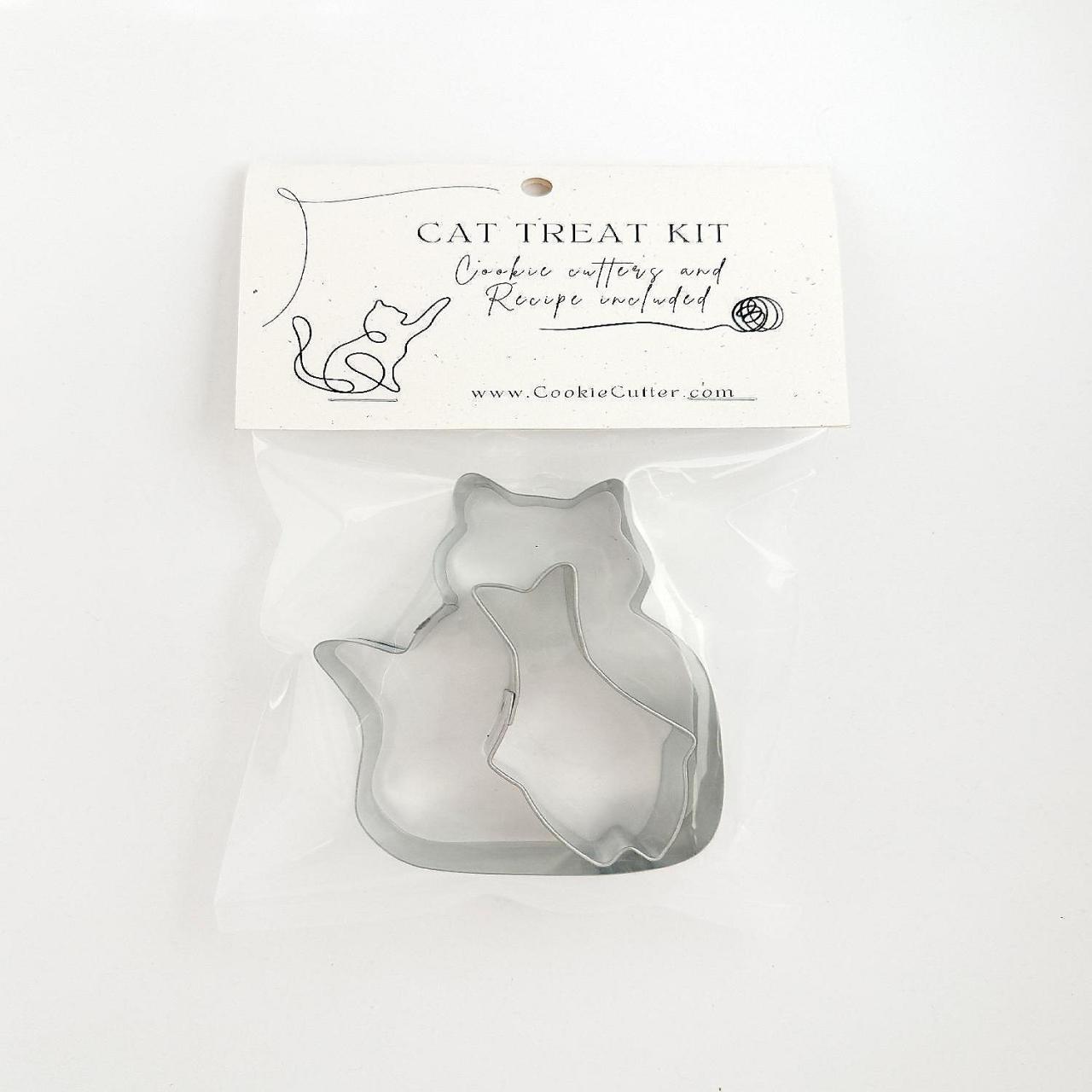Introduction to Victor Mouse Traps

Victor mouse traps are a common and effective tool for rodent control. They are designed for a quick and humane capture of mice, and their various models offer different levels of convenience and ease of use. Understanding the different types, their construction, and the proper safety precautions is crucial for successful and safe use.
Victor traps, renowned for their reliability, are available in a variety of models to suit different needs and situations. They are widely recognized for their effectiveness in eliminating unwanted rodents, a significant benefit in domestic and commercial settings. Proper use and understanding of these traps are vital for both their intended function and safety.
Key Features and Types of Victor Mouse Traps
Victor mouse traps are primarily characterized by their spring-loaded design, a simple yet highly effective mechanism for capturing rodents. The design often includes a triggering mechanism that activates when the mouse steps on a specific part of the trap. Common types include the classic snap-trap design, the more modern versions with enhanced triggering mechanisms, and even those designed for specific areas like under cabinets or inside walls.
Materials Used in Victor Mouse Traps
Victor mouse traps are generally constructed from robust materials to withstand the pressures exerted during a capture. The primary components typically include a strong metal frame, providing a secure platform for the triggering mechanism. Metal parts are often coated to enhance durability and resist rusting. The triggering components are made from sturdy materials, while the parts that interact with the mouse are often smooth and non-abrasive.
Safety Precautions When Using Victor Mouse Traps
Safe handling and placement of Victor traps are essential to avoid accidents or injuries. Always ensure the trap is set correctly, and never touch the triggering mechanism while the trap is set. Always keep traps out of reach of children and pets. Inspect traps regularly for damage and replace any parts that show signs of wear. Always follow the manufacturer’s instructions for proper trap placement, use, and disposal.
| Safety Point | Explanation |
|---|---|
| Secure Placement | Position the trap in areas frequented by mice, considering their natural pathways. |
| Trap Inspection | Regularly check the trap for wear and tear, ensuring the spring and other components are in good working order. |
| Child and Pet Safety | Keep traps away from children and pets to prevent accidental activation or injury. |
Setting the Trap – Step-by-Step

Properly setting a Victor mouse trap is crucial for its effectiveness. A well-placed and correctly baited trap increases the likelihood of successful capture while minimizing the risk of injury to the mouse. This section Artikels a step-by-step procedure for setting a Victor mouse trap, along with essential tools and bait suggestions.
Setting a Victor mouse trap is a straightforward process, but meticulous attention to detail is key. Each step contributes to the trap’s efficiency and safety.
Step-by-Step Setting Procedure
This detailed procedure guides you through setting a Victor mouse trap.
- Inspect the Trap: Before setting the trap, visually inspect it for any damage or imperfections. Ensure all components are intact and functional. Broken or compromised parts can hinder the trap’s operation. This initial check prevents potential issues during use.
- Prepare the Setting Area: Choose a location where mice are frequently sighted or suspected to be active. This could include areas near food sources, entry points, or points of access. Consider the mouse’s typical pathways and movement patterns when selecting the trap placement. A dimly lit area or a corner can be more enticing to a mouse than an open, brightly lit space.
- Position the Trap: Carefully position the trap in the chosen location. The trap should be oriented so that the trigger mechanism is facing the direction of expected mouse movement. If the trap is placed at a corner, ensure that the trigger mechanism is accessible to the mouse from the corner. The trap should be firmly placed on a stable surface, preventing it from shifting or tilting during use.
- Attach the Trigger Mechanism: This step is crucial for successful trapping. Carefully engage the trigger mechanism to the base of the trap, aligning it with the trap’s design. Ensuring a proper connection between the trigger and the base is vital for the trap’s function.
- Bait the Trap: Place the bait securely on the trap’s trigger area. The bait should be placed so that it is easily accessible to the mouse but not in a way that obstructs the trigger mechanism. Avoid placing bait too far from the trigger, as this may reduce the trap’s efficiency.
- Secure the Trap: Once the bait is in place, firmly secure the trap to prevent it from shifting or becoming dislodged. Ensure that the trap is stable and in place, particularly in areas with high traffic or potential disturbances. This step is crucial to prevent accidental triggering of the trap.
Required Tools
A few simple tools are typically required to effectively set a Victor mouse trap.
- Victor mouse trap
- Bait (e.g., peanut butter, cheese, or small pieces of meat)
- Gloves (optional, but recommended)
- A small, flat object to carefully position the bait
Comparison of Victor Mouse Trap Types
This table Artikels the setup complexity for different Victor mouse trap models.
| Trap Type | Setup Complexity |
|---|---|
| Model A | Easy |
| Model B | Medium |
| Model C | Easy |
Note: Setup complexity is subjective and may vary based on individual experience.
Baiting the Trap
Bait selection is crucial for attracting mice and triggering the trap effectively.
- Peanut Butter: A highly effective bait due to its strong, appealing aroma. Mice are naturally attracted to the richness of the flavor. It’s important to use a small amount of peanut butter, as too much can make the trap difficult to operate.
- Cheese: A versatile and effective bait that appeals to mice. Different types of cheese (e.g., cheddar, mozzarella) can be used, depending on the mice’s preferences. The strong odor of cheese attracts mice to the trap.
- Meat: A potent attractant, but should be used cautiously. Small pieces of cooked meat, such as chicken or fish, can attract mice. Meat bait can attract other animals, so careful consideration of the environment is important.
Baiting Techniques: How To Set A Victor Mouse Trap

Proper baiting is crucial for successful mouse trapping. Attracting mice to the trap is a critical component in achieving desired results. Selecting the right bait and strategically placing it can significantly increase your chances of capturing the unwanted rodents.
Effective bait selection and placement are key factors in optimizing trap performance. Different bait types and strategies work best in specific situations and may vary based on the target species. A well-considered approach is essential for a successful trapping campaign.
Effective Bait Types, How to set a victor mouse trap
Bait selection is paramount for enticing mice to the trap. Understanding the preferences of mice is vital for effective trapping. Different mice may have different preferences, so varied baiting strategies may be needed.
A variety of baits are effective, and their appeal can vary significantly. Popular choices include:
- Peanut butter: A highly popular choice, peanut butter’s rich, sweet flavor is irresistible to many mice.
- Cheese: Cheeses, particularly cheddar or other strong-flavored varieties, are highly attractive to mice due to their savory profile.
- Bread: A simple and readily available option, bread, especially stale or slightly moldy bread, can be enticing to mice seeking a source of food.
- Meat: Meat-based baits, like small pieces of cooked bacon or fish, are strong attractants for mice, but can attract other unwanted creatures as well. Consider using small pieces for optimal efficiency.
- Grains: Whole grains or cereal-based baits can be very appealing, particularly to mice accustomed to a grain-based diet.
Baiting Strategies for Different Situations
The best baiting strategy depends on the specific circumstances.
- Outdoor Traps: Outdoor traps may need to incorporate baits less susceptible to spoilage from weather conditions. Consider using grains, peanut butter, or bread as they are less susceptible to spoilage from rain or humidity. Use weatherproof containers or secure the bait in a way to prevent the bait from being washed away.
- Indoor Traps: Indoor traps can utilize a broader range of baits, as the environment is more controlled. Cheese, peanut butter, and even small pieces of cooked meat can be effective choices. Consider using a bait station to attract mice to the trap location over time.
- Multiple Mice: If multiple mice are present, consider using a combination of baits to attract a wider range of preferences. Place small portions of different baits in separate areas near the traps.
Bait Selection Based on Target Species
Bait choice should align with the target species’ dietary habits. While general baits like peanut butter are often successful, tailoring the bait to the specific species’ diet can improve results.
- Field Mice: Field mice often prefer grains, seeds, and fruits, so baits like bread, cereal, or dried fruit may be more appealing.
- Roof Rats: Roof rats are more likely to be drawn to meats and cheeses, making these strong contenders for bait selection. Using a bait that’s high in protein or fat can increase your chances of success.
- House Mice: House mice often have varied tastes, so a diverse selection of baits, like peanut butter, cheese, and bread, can be employed.
Bait Placement Strategies
The placement of the bait can significantly impact the trap’s effectiveness.
- Bait Placement near Traps: Place the bait directly on or near the trap. The closer the bait is to the trigger, the higher the chance of catching a mouse.
- Bait Station Strategy: A bait station can help attract mice to the trapping area. The station should be situated close to areas mice are frequently seen or where signs of activity are observed.
- Avoidance of Deterrents: Ensure that the bait is not located near any deterrents that might interfere with the trapping process. Avoid areas with strong odors or cleaning agents that could mask the bait’s aroma. Use caution when using scented baits in close proximity to pets or other animals.
Placement and Positioning

Strategic placement is crucial for maximizing the effectiveness of a Victor mouse trap. Proper positioning considers the mouse’s natural behaviors and travel patterns within the affected area. Understanding these patterns allows for the trap to be set in a high-traffic zone, increasing the likelihood of a successful capture.
Effective positioning requires an understanding of mouse behavior and travel routes. Mice tend to use established pathways within a building, often along walls, baseboards, and pipes. Knowing these routes and placing traps along them significantly enhances capture rates. By carefully observing mouse activity, one can determine the most suitable locations to set the traps.
Ideal Locations for Victor Mouse Traps
Understanding mouse travel routes is key to effective trap placement. Mice tend to use well-worn paths for movement, so placing traps in these areas significantly increases the chances of a catch. Common areas include near food sources, entry points, and along walls or baseboards where mice frequently traverse. By understanding the mouse’s preferred routes and positioning traps accordingly, one can significantly improve catch rates.
Positioning the Trap for Optimal Catch
Proper trap positioning is vital for maximizing capture efficiency. The trap should be placed so that the mouse can easily access the trigger mechanism without causing any undue difficulty or suspicion. The trap should be aligned with the expected path of the mouse. Avoid placing the trap in an area that might appear unnatural or potentially hazardous to the mouse. This positioning enhances the capture rate by minimizing the mouse’s hesitation.
Considering Mouse Travel Routes and Habits
Mice exhibit predictable travel patterns, utilizing specific routes for foraging and movement. Understanding these patterns, which often involve walls, baseboards, and pipes, is essential for optimal trap placement. Observing mouse activity allows for the identification of these routes, enabling the placement of traps along them to intercept the mouse’s travel. This method ensures the trap is strategically placed in a high-traffic area, maximizing the chances of a successful capture.
Common Locations to Avoid When Setting Traps
Avoid placing traps in areas where the mouse might encounter potential hazards or unusual obstacles. This approach minimizes the risk of deterring the mouse and ensures the trap is set in a safe and effective location. The table below Artikels some common locations to avoid and the rationale behind their avoidance.
| Location | Reason to Avoid |
|---|---|
| Directly under or near heavy furniture | Mice may be deterred by the potential for injury or difficulty navigating the area. |
| In open, exposed areas | Mice are often wary of open spaces, and the trap may appear more conspicuous. |
| Near loud or unusual noises | Distracting noises might deter mice from approaching the trap. |
| In areas with intense smells | Strong scents can mask the bait and deter the mouse. |
| In highly visible or brightly lit areas | Mice are sensitive to light and may avoid areas with high visibility. |
Troubleshooting Common Issues

Troubleshooting Victor mouse traps is crucial for maximizing their effectiveness. Understanding potential problems and their solutions ensures you’re efficiently controlling rodent populations. This section will guide you through identifying and resolving common malfunctions, ensuring optimal trap performance.
Identifying the cause of a trap not catching mice is often the first step in resolution. Careful observation and understanding of the mouse’s behavior are key to effective trap placement and bait selection. This section provides valuable insights into diagnosing and rectifying these issues, leading to successful rodent control.
Trap Not Catching Mice
Proper bait placement and trap positioning are essential for success. If the trap isn’t catching, re-evaluate your bait selection and placement. Consider using different types of bait to see if the mouse’s preferences change. A common issue is the bait being too far from the trigger plate, or the placement of the trap not aligning with the mouse’s likely paths. Check for obstructions or changes in mouse activity patterns.
Trap Malfunctions
Victor mouse traps, like any mechanical device, can malfunction. Inspect the trap mechanism for any signs of damage, such as bent or broken parts. Ensure the trigger mechanism is functioning correctly; any jamming or misalignment can prevent the trap from springing shut. If the trap is damaged, replace it with a new one.
Adapting to Mouse Activity Patterns
Mouse activity often varies throughout the day and night. Mice are most active during periods of darkness and quiet, such as late evening or early morning. If the trap isn’t catching, consider shifting its location based on observed mouse activity patterns. Placing the trap near areas where mice are frequently seen, or areas where they enter or exit, is a good starting point. Adjusting the bait to reflect the mouse’s preferences based on the time of day, or even the season, can improve results.
Bait Preferences
Different mice may prefer different baits. Some common bait choices include peanut butter, cheese, and small pieces of meat. Experiment with various bait options to see if the mice are more attracted to one over another. Consider placing the bait in a way that it doesn’t deter the mice from entering the trap.
Environmental Factors
External factors can influence a mouse’s behavior and affect trap effectiveness. Changes in the environment, such as increased moisture or temperature fluctuations, can influence the mouse’s movement patterns. Consider the environmental conditions when setting the trap and make adjustments as needed.
Troubleshooting Summary Table
| Problem | Possible Cause | Solution |
|---|---|---|
| Trap not catching mice | Incorrect bait placement, inappropriate trap location, mouse activity patterns, or damage to the trap. | Reposition the trap, change the bait, adjust to mouse activity patterns, and check for damage. |
| Trap malfunctions | Bent or broken parts, trigger mechanism issues, or a faulty trap. | Inspect the trap for damage, ensure the trigger mechanism is functioning correctly, and replace the trap if necessary. |
| Mouse activity changes | Changes in the environment, or shifts in mouse behavior. | Adjust the trap location, bait type, and timing to match the new mouse activity patterns. |
Victor Mouse Trap Alternatives

Victor mouse traps are a common and effective method for controlling rodent populations, but they are not the only option. Exploring alternative methods can be beneficial for situations where a snap trap might not be the best fit, either due to personal preferences or the specific needs of a given environment. This section will Artikel various alternatives to Victor traps, highlighting their pros and cons for informed decision-making.
Other Types of Traps
Several other types of traps are available for controlling mice. Understanding the different trap types and their characteristics can lead to a more tailored approach to rodent management.
- Glue Traps: These traps use adhesive surfaces to capture mice. While effective, they can be considered less humane than snap traps due to the potential for prolonged suffering. They are also more likely to trap unintended animals, such as pets or other wildlife. The adhesive may also present challenges in cleaning up the trapped area. These traps are often less expensive than Victor traps, but they also require a higher level of vigilance and careful handling.
- Live Traps: Live traps are designed to capture mice without harming them. They are often preferred for their humane approach, allowing for the relocation of the captured mice. The effectiveness of live traps can vary depending on the situation, and the capture and relocation of mice require additional time and effort compared to snap traps. Live traps often require a longer process to catch mice effectively, but they are preferred by those who value animal welfare.
- Electronic Traps: These traps use electric grids or sonic deterrents to capture mice. They are typically more expensive than traditional snap traps, but they can be more effective in some cases. The noise or electric shock can be disturbing to humans or pets in close proximity, while effectiveness depends on the specific trap and the environment.
Baiting and Attractants
Attracting mice to traps is crucial for their effectiveness. Understanding the preferences of mice can improve the success rate of any trap.
- Bait Selection: A wide variety of baits can attract mice, including peanut butter, cheese, bread, and nuts. The specific bait that works best will depend on the individual mice and the environment. The selection of bait can significantly affect the success of any trap, and careful consideration of the type of bait is needed.
- Placement of Bait: Positioning the bait correctly within the trap can increase the chances of capture. Proper placement is a crucial factor in the overall effectiveness of any trapping method. Positioning the bait strategically, considering the mice’s natural behaviors, can improve success rates.
Comparison Table
The following table summarizes the key differences between various mouse control methods, considering cost, effectiveness, and safety.
| Trap Type | Cost | Effectiveness | Safety |
|---|---|---|---|
| Victor Snap Trap | Moderate | Generally High | Moderate (potential for harm if not used properly) |
| Glue Trap | Low | Variable (can be effective but less humane) | Low (potential for harm to unintended animals) |
| Live Trap | Moderate | Variable (requires more patience and effort) | High (no harm to the mouse) |
| Electronic Trap | High | Variable (effectiveness depends on the trap) | Moderate (can be disruptive to humans and pets) |
Popular Questions
How to set a victor mouse trap – What are some common bait types for Victor mouse traps?
Peanut butter, cheese, and bread are popular choices. The effectiveness often depends on the specific mouse species and local environment.
How often should I inspect my Victor mouse trap?
Regular inspection, at least once a day, is crucial for early detection of malfunctions or caught mice. This helps prevent potential hazards and ensures the trap remains functional.
What are some common mistakes to avoid when baiting a Victor mouse trap?
Avoid using strong scents or foods that might deter mice, and be mindful of bait placement. Using too much bait or inappropriate bait can also hinder trapping success.